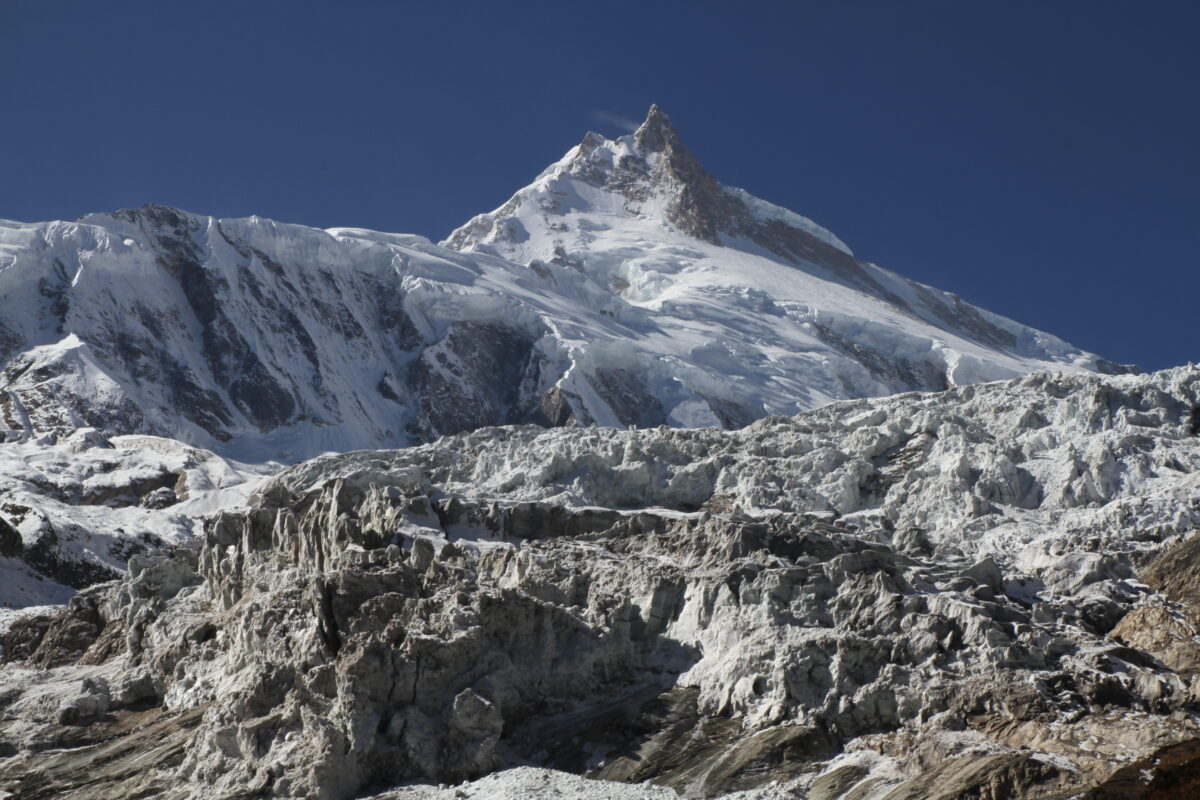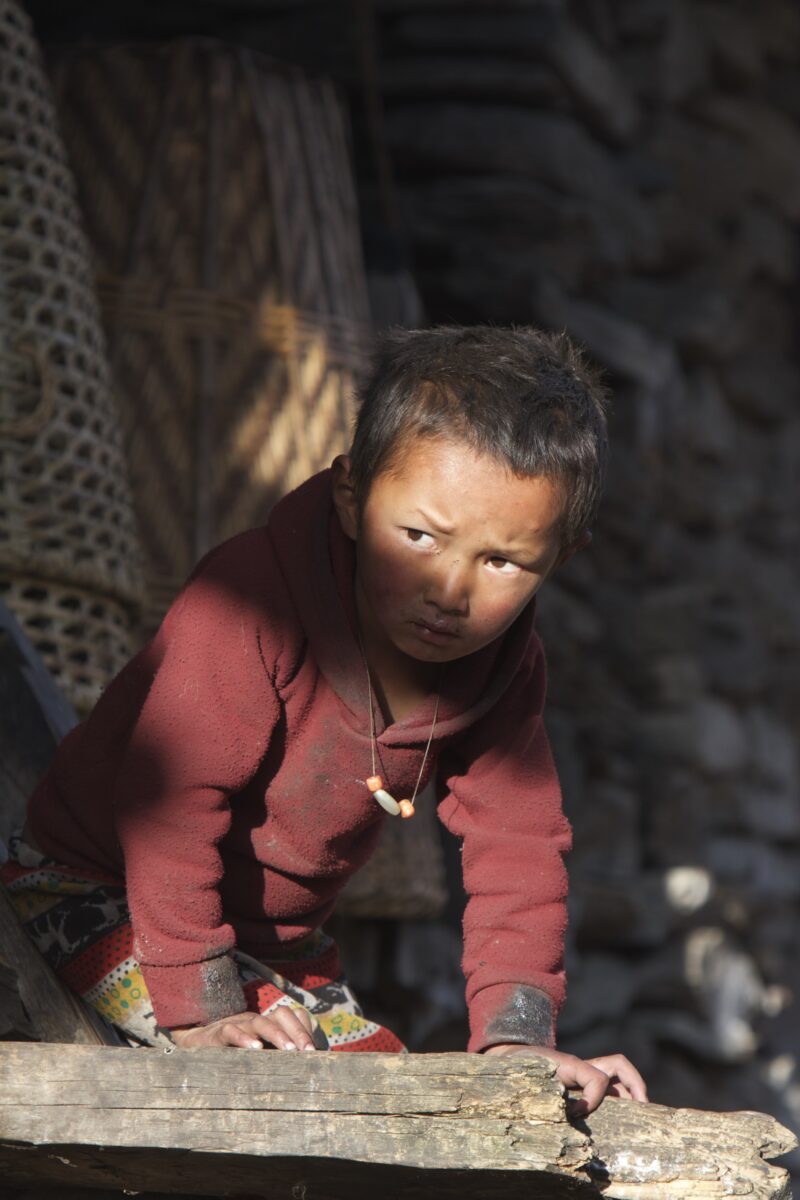Share This:
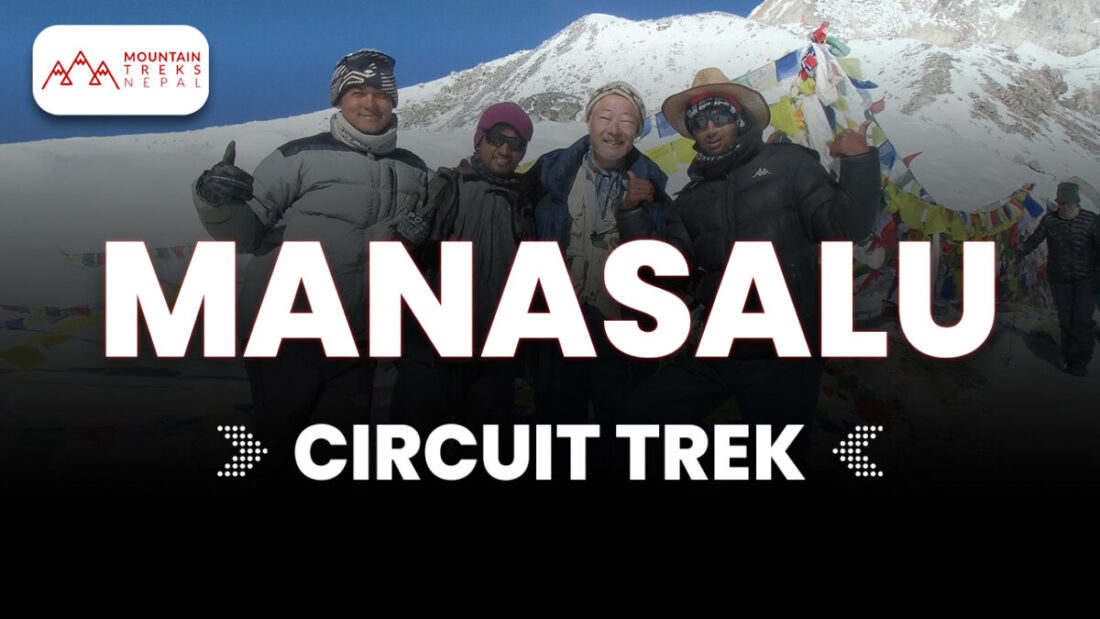
Discover the Wild Heart of the Himalayas on the Manaslu Circuit Trek
Step off the beaten path and into raw Himalayan wilderness with the Manaslu Circuit Trek one of Nepal’s most rewarding adventures. This 14-day journey takes you deep into remote mountain valleys, across rugged high passes, and through ancient villages where Tibetan-influenced culture thrives. With fewer crowds than Everest or Annapurna, it’s a hidden gem perfect for seasoned trekkers looking for challenge, solitude, and stunning scenery.
- Trip Duration: 14 Days
- Max Altitude: 5,106m (Larkya La Pass)
- Accommodation: Teahouses along the route
- Meals: Nepali, Indian, Chinese & Continental
- Best Seasons: March–May & September–November
- Group Size: Minimum 2 people
- Start/End: Kathmandu to Kathmandu
Why Trek the Manaslu Circuit? Key Highlights
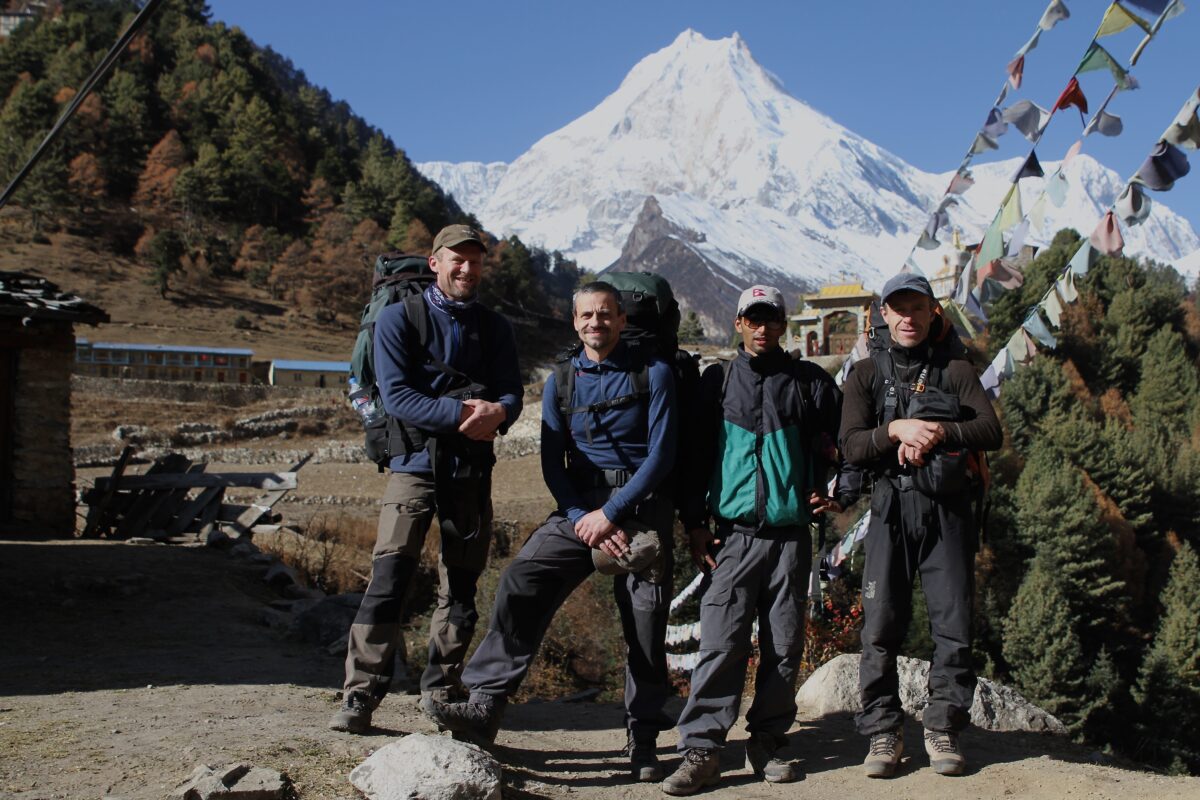
The Manaslu Circuit Trek is more than just a trail it’s an immersive journey through unspoiled nature, vibrant cultures, and high-altitude adventure. Here’s what makes it stand out:
- Hike to Manaslu Base Camp (4,800m)
Reach the base of the mighty Manaslu and soak in the close-up views of this towering giant. - Breathtaking Himalayan Views
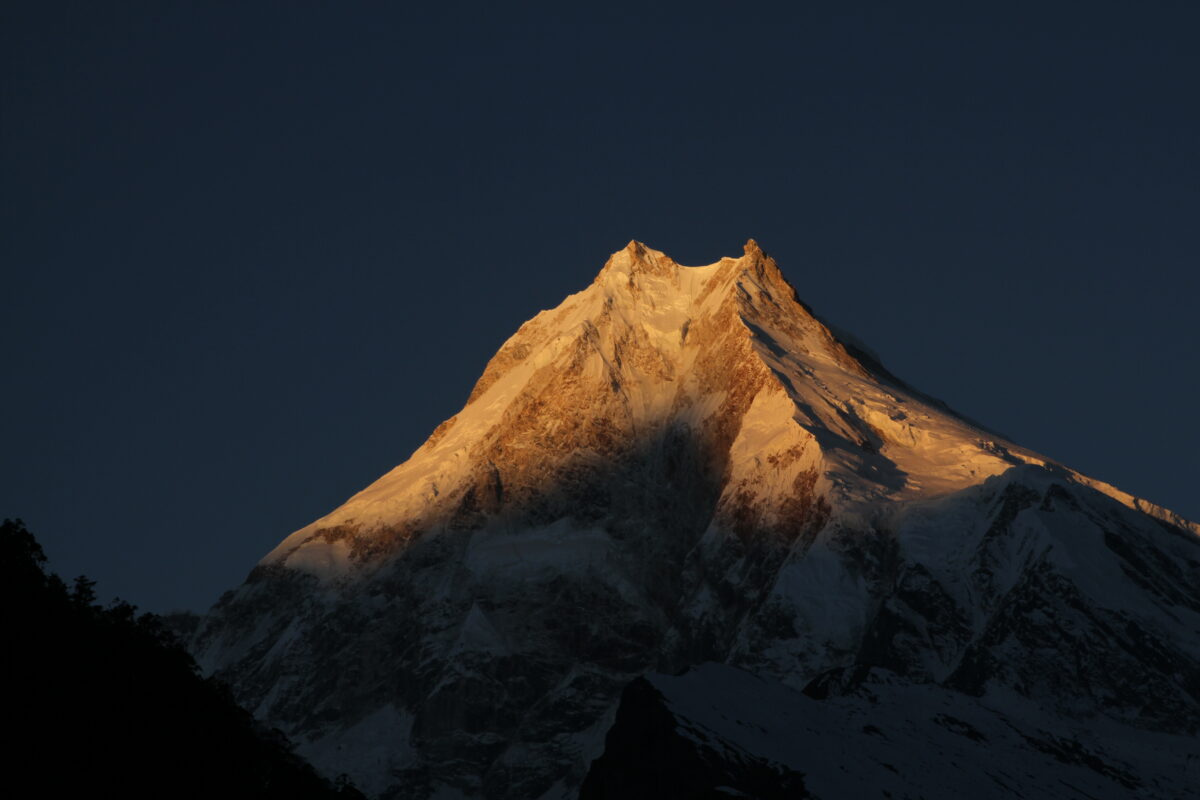
Enjoy sweeping views of the Manaslu massif, including Manaslu itself (8,163m), along with surrounding peaks such as Himlung Himal, Nadi Chuli, Naike Peak, and the Ganesh Himal range. - Suspension Bridge Crossings
Follow the Budi Gandaki River through deep gorges, crossing numerous dramatic suspension bridges an iconic feature of this route. - Cultural Diversity
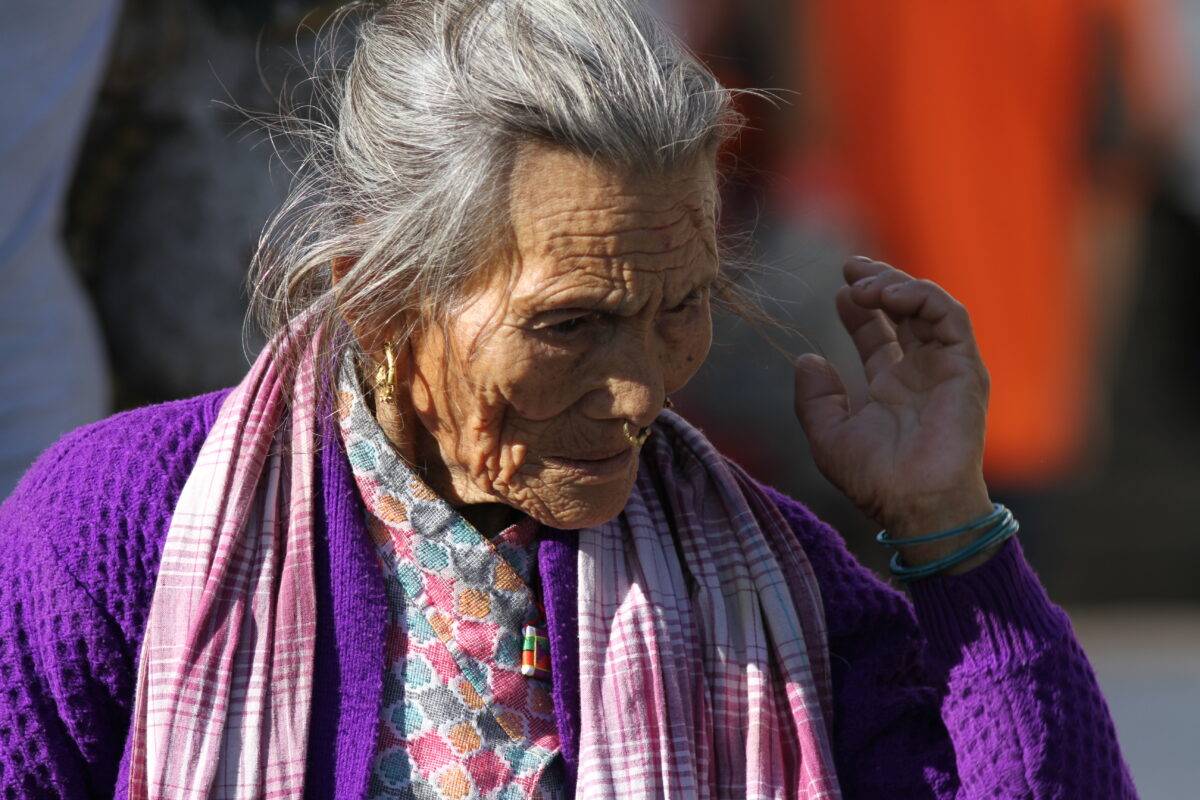
The trail winds through remote villages inhabited by Gurungs, Tamangs, and Sherpas, offering a firsthand experience of Nepal’s ethnic and cultural richness. - Fewer Crowds
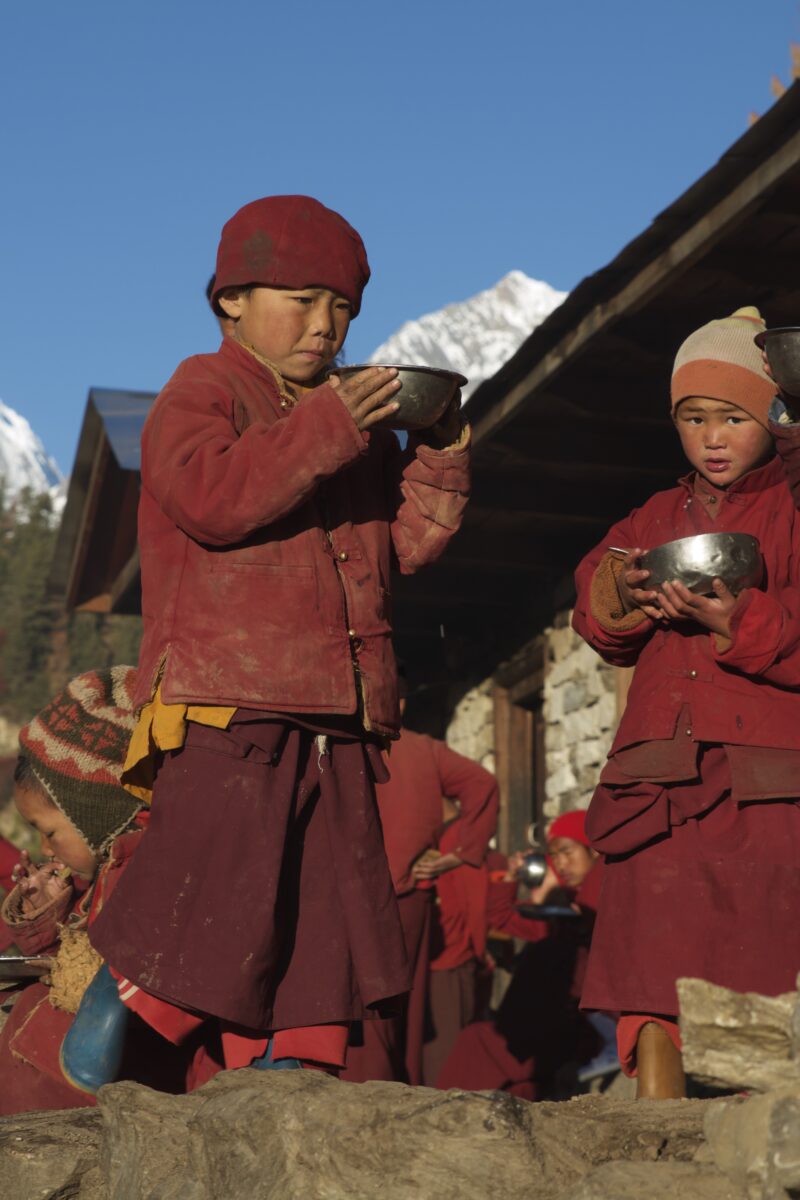
Compared to popular routes like Everest Base Camp or Annapurna Circuit, the Manaslu region sees fewer trekkers, allowing for a more peaceful, personal experience. - Remote and Varied Landscapes
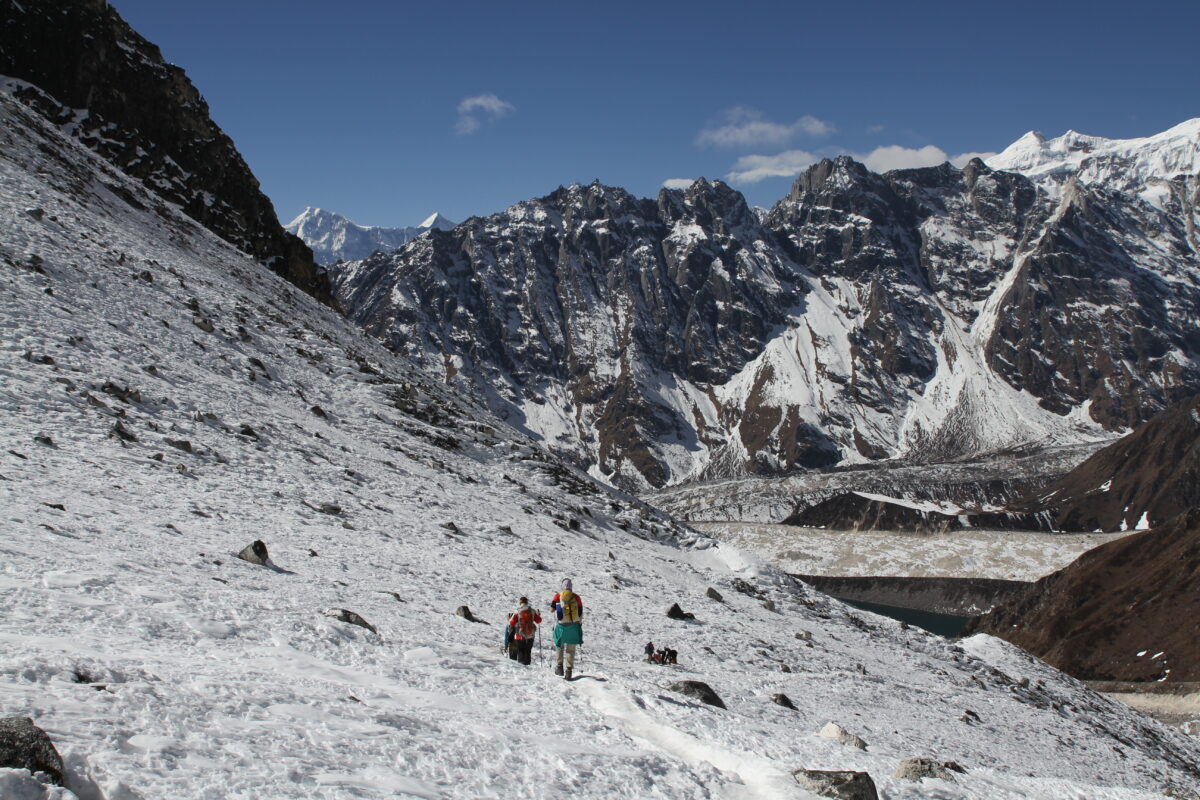
Trek through lush valleys, terraced farmland, dense forests, and rugged alpine zones. The ever-changing scenery is a major part of the trek’s appeal. - Challenge of Larkya La Pass (5,106m)
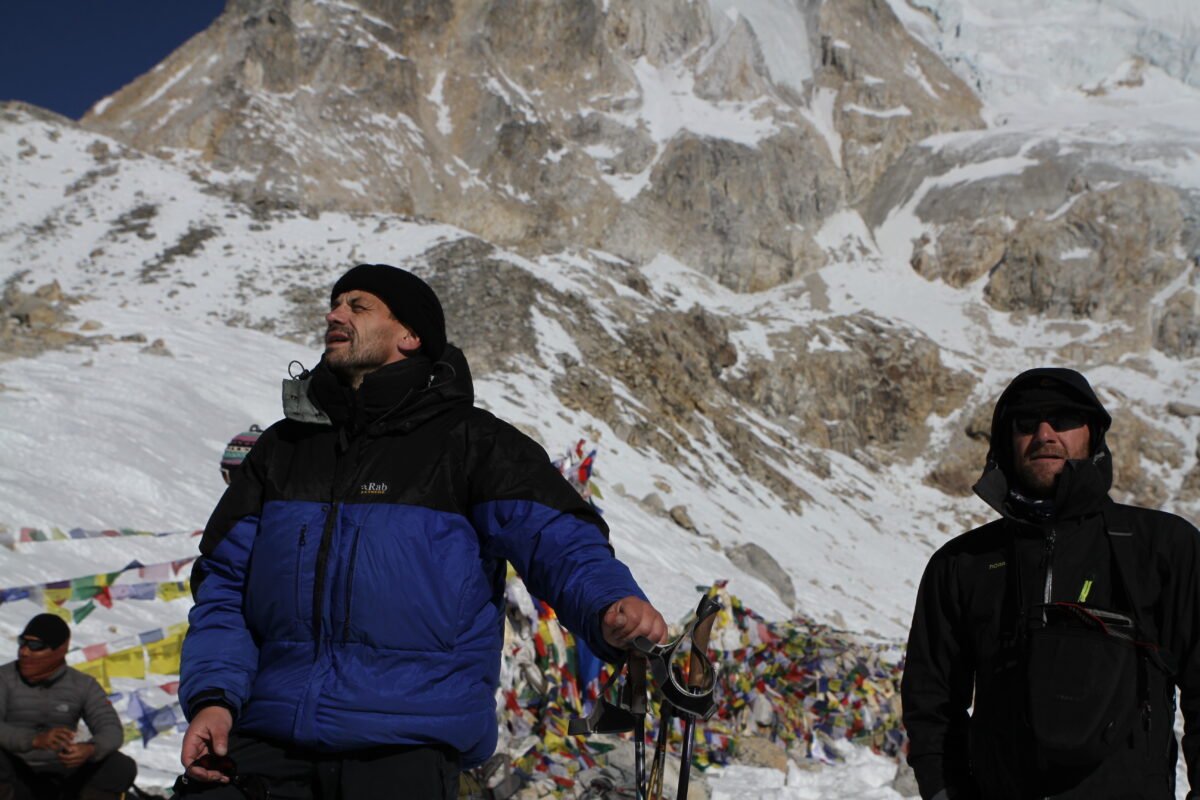
Crossing this high-altitude pass is both physically demanding and visually rewarding, offering panoramic views and a deep sense of accomplishment. - Wildlife and Biodiversity
The region is part of a conservation area and is home to rare wildlife such as snow leopards, red pandas, Himalayan tahrs, and a wide variety of bird species. - Ancient Monasteries and Religious Sites
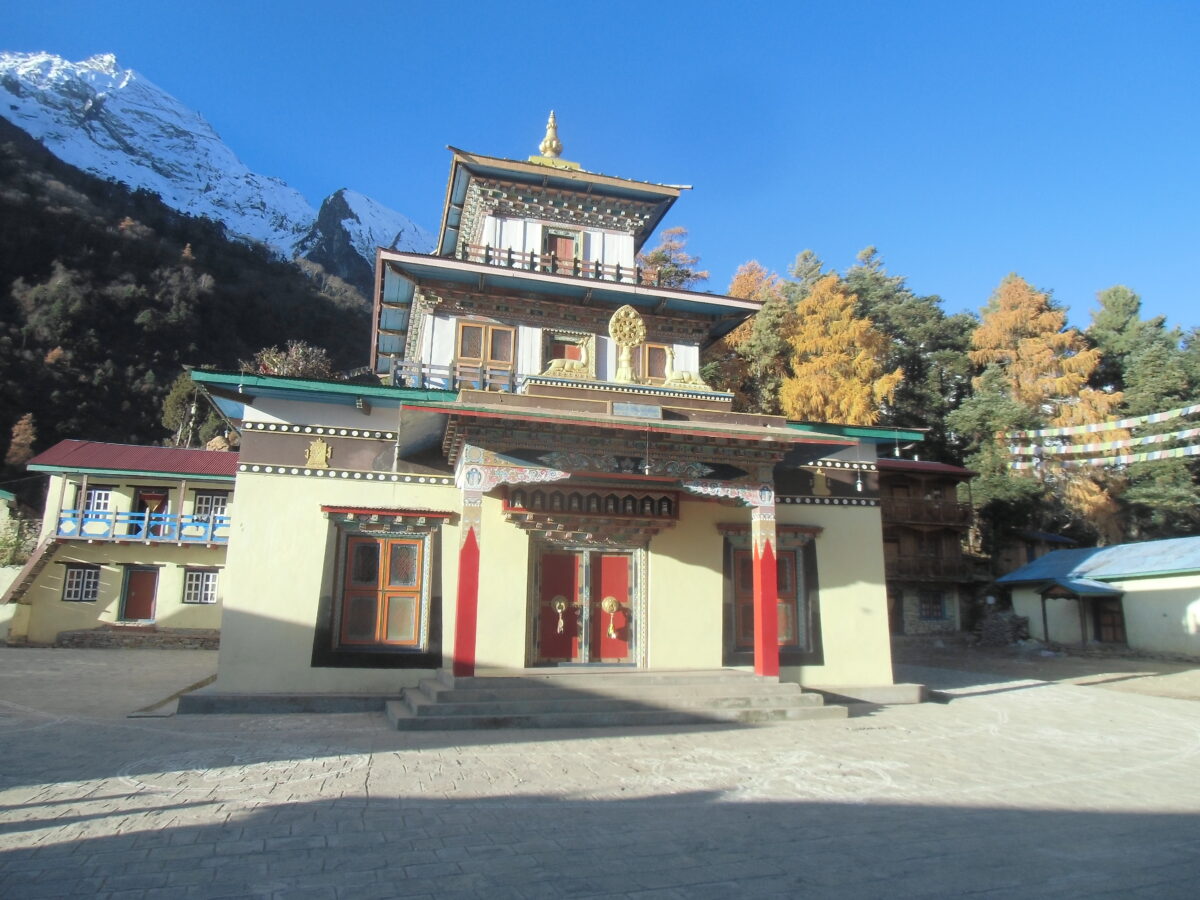
Explore historic Buddhist monasteries, chortens, and prayer walls that reflect the spiritual heritage of the region. - Cultural Immersion
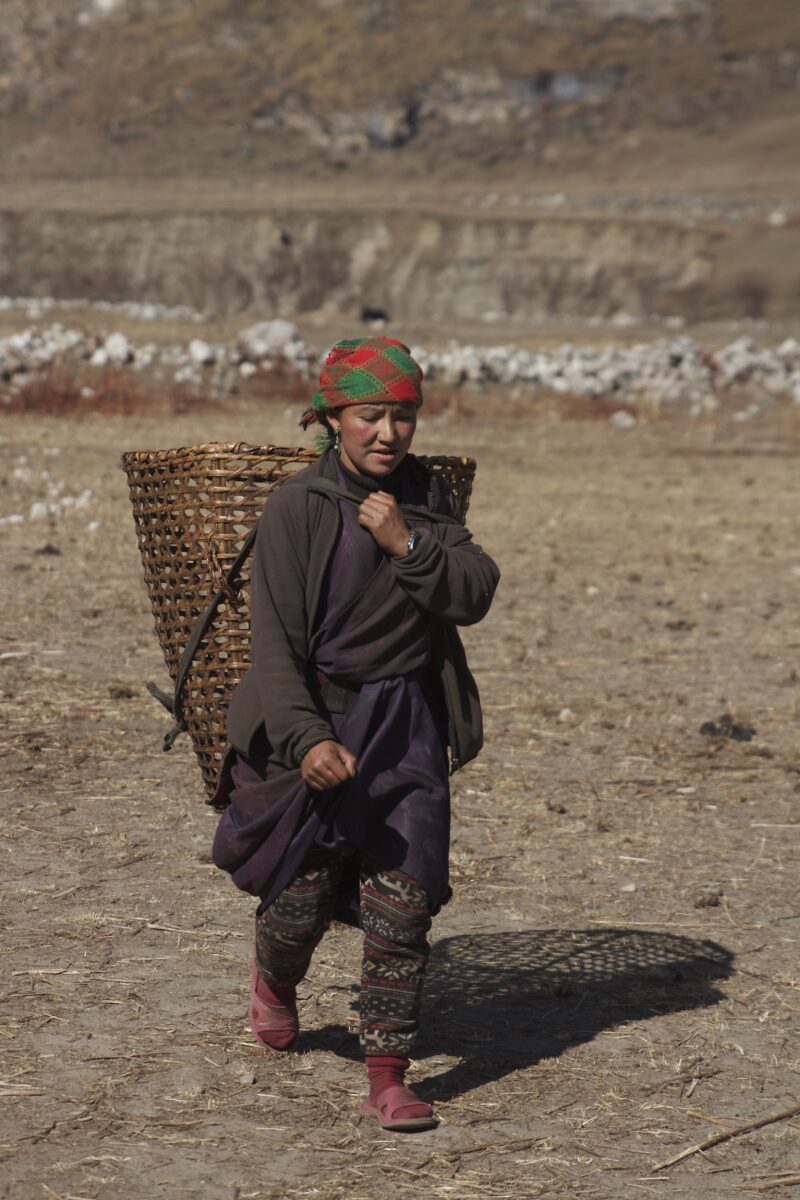
Engage with local communities, learn about daily life in remote mountain villages, and witness traditional festivals and ceremonies. - Special Permits and Protected Status
The requirement for restricted-area permits limits overcrowding and helps maintain the natural and cultural integrity of the region. - True Off-the-Beaten-Path Adventure
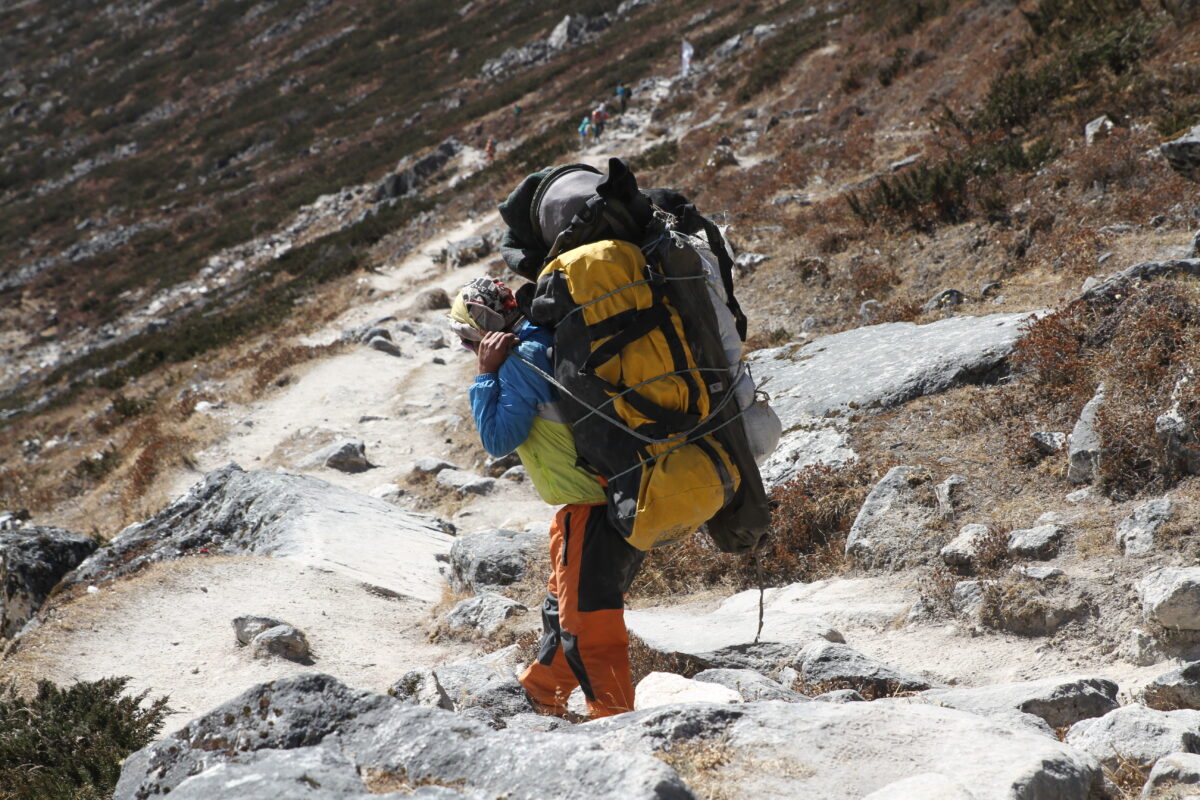
This is one of Nepal’s most authentic treks, offering a raw, untouched trekking experience far from the commercial circuits.
Manaslu Circuit Trek: Trip Overview
The Manaslu Circuit Trek begins with an adventurous drive from Kathmandu to the lower elevations of the Gorkha Valley, tracing the course of the Budi Gandaki River. From here, the trail climbs steadily northward, following the river upstream toward its glacial origins in the high Manaslu Valley. Along the way, trekkers pass through terraced fields, hillside farms, and traditional villages surrounded by forests of rhododendron, pine, oak, and fir.
As you ascend, the cultural landscape begins to shift. From the village of Deng onward, Tibetan Buddhist influence becomes stronger. Stone-built settlements, prayer wheels, and ancient monasteries mark your entry into a deeply spiritual region. At Sama Gaon the largest village in the upper valley you’ll rest and acclimatize while exploring the surrounding monasteries and taking in views of the Manaslu range.
This region remained closed to outsiders until the 1990s. Since its opening, the Manaslu Circuit has emerged as a quieter, more remote alternative to the Everest and Annapurna routes. Mount Manaslu itself (8,163 meters), first climbed by a Japanese team in 1956, is the world’s eighth-highest peak. The name “Manaslu” comes from the Sanskrit word Manasa, meaning “soul” or “spirit,” reflecting the sacred character of the region.
The trek’s high point is the Larkya La Pass (5,106 meters), a dramatic crossing that offers panoramic views of peaks like Himlung, Cheo Himal, Kang Guru, and Annapurna II. After the pass, the trail descends into the Manang district, re-entering forested valleys and eventually connecting with the Annapurna Circuit route near Dharapani. From there, a scenic drive returns you to Kathmandu.
More than just a physical journey, the Manaslu Circuit Trek offers a deep cultural experience one that connects you with ancient traditions, high-altitude life, and the raw power of the Himalayan wilderness.
Cultural Encounters on the Manaslu Circuit Trek
Trekking the Manaslu Circuit isn’t just about reaching high passes or chasing mountain views it’s also a cultural journey through some of the most isolated and tradition-rich communities in the Himalayas. Here’s what makes the cultural side of this trek truly special:
- Remote Villages and Traditional Lifestyles
The trail winds through remote settlements inhabited by ethnic groups like the Gurungs, Tamangs, and Tibetans. Life here moves at a different rhythm. You’ll walk past stone-built homes, see fields worked by hand, and experience hospitality that’s humble but heartfelt. It’s a window into a way of life that hasn’t changed much in generations. - Buddhist Heritage and Sacred Spaces
The upper Manaslu region is steeped in Tibetan Buddhist tradition. Monasteries, Chortens (stupas), mani walls, and fluttering prayer flags mark the spiritual rhythm of daily life. Visits to monasteries in places like Lho and Sama Gaon offer powerful insight into the region’s faith, history, and connection to Tibetan culture. - Local Festivals and Ceremonies
If your timing is right, you may witness vibrant festivals like Lhosar (Tibetan New Year) or smaller village ceremonies. These events fill the air with music, chanting, colorful attire, and deep religious symbolism. Participating even as an observer adds depth to your understanding of local identity and tradition. - Shared Journeys and Cultural Exchange
The trail attracts a mix of travelers from around the world. Whether it’s chatting with fellow trekkers at a teahouse or joining a village celebration, the trek becomes a cultural exchange on multiple levels local and global.
The Manaslu Circuit is more than a physical adventure. It’s a chance to connect deeply and authentically with the people, beliefs, and traditions that make this region so unique.
Manaslu Circuit Trek – 14-Day Itinerary
Day 01: Arrival in Kathmandu (1,345m)
Arrive at Tribhuvan International Airport. Our team will greet you and transfer you to your hotel in the city.
Day 02: Free Day in Kathmandu
Use this day to rest, explore the city, and complete the necessary paperwork for trekking permits. A valid passport is required, so be sure to arrive at least one day before your trek begins.
Day 03: Drive to Machha Khola (960m)
A long but scenic drive through hills and riverside villages brings you to Machha Khola, the starting point of your trek.
Day 04: Trek to Jagat (1,410m)
Follow the Budi Gandaki River upstream, crossing suspension bridges and passing small villages along the way.
Day 05: Trek to Deng (1,800m)
The trail continues through lush forest and narrow gorges as you enter more remote terrain.
Day 06: Trek to Namrung (2,540m)
Gain altitude as you reach Namrung, a village that marks the beginning of Tibetan-influenced culture.
Day 07: Trek to Sama Gaon (3,530m)
Pass through Lo Gaon and ascend to Sama Gaon, the largest village in the upper valley with incredible views of Manaslu.
Day 08: Acclimatization Day in Sama Gaon
Rest and explore. Optional hikes include Manaslu Base Camp or Pungyen Gompa for panoramic mountain views.
Day 09: Trek to Samdo (3,860m)
A shorter trek leads to Samdo, a small settlement near the Tibetan border. Great for adjusting to the altitude.
Day 10: Trek to Dharamsala (4,470m)
Climb steadily to Dharamsala, the last stop before crossing Larkya La. Basic teahouse accommodations here.
Day 11: Cross Larkya La Pass (5,106m) and Trek to Bimthang (3,720m)
The highest point of the trek. After a challenging ascent, cross the pass with breathtaking mountain views, then descend to Bimthang.
Day 12: Trek to Dharapani (1,860m)
Descend further into pine forests and agricultural valleys, eventually reaching Dharapani a familiar stop on the Annapurna Circuit.
Day 13: Drive to Kathmandu
Drive back to Kathmandu via Besisahar. Settle into your hotel and enjoy your final evening in Nepal.
Day 14: International Departure
Transfer to the airport for your flight home, or extend your stay in Nepal if you wish.
To join the Manaslu Circuit Trek, a special restricted area permit is required. You’ll need a valid passport, and you must be physically present in Kathmandu at least one full day before the trek begins to allow time for processing.
Why Choose Mountain Treks Nepal?
Mountain Treks Nepal is one of Nepal’s most respected trekking and expedition companies, known for providing authentic, safe, and highly personalized trekking experiences in the Himalayas. Here’s a detailed look at why travelers consistently choose them:
1. Deep Local Knowledge and Expertise
Mountain Treks Nepal is a 100% Nepali-owned company, founded by locals who have grown up in the Himalayan region. Their guides and staff have decades of firsthand experience trekking, climbing, and living in Nepal’s mountainous terrain. This deep local knowledge translates into expertly planned itineraries, insider tips on off-the-beaten-path spots, and an authentic cultural experience that you won’t get with many other companies.
2. Wide Range of Trekking and Expedition Options
Whether you want to trek the classic Everest Base Camp, explore the Annapurna Circuit, or tackle the remote Manaslu Circuit or Tsum Valley, Mountain Treks Nepal offers a comprehensive portfolio of trekking, climbing, and cultural tours. They cater to all levels from beginners looking for a comfortable introduction to trekking, to seasoned mountaineers seeking challenging expeditions.
3. Safety First Approach
Mountain Treks Nepal places a huge emphasis on safety. Their guides are not only highly experienced but also trained in first aid, altitude sickness awareness, and emergency evacuation procedures. They provide all necessary permits and make sure your trek complies with local regulations. In case of emergencies, they have efficient rescue plans including helicopter evacuation if needed. This ensures peace of mind while trekking in remote and high-altitude environments.
4. Personalized and Flexible Itineraries
Mountain Treks Nepal understands that each trekker has different needs and preferences. They work closely with clients to customize itineraries based on fitness levels, interests, time constraints, and budget. Whether you want to extend acclimatization days, include cultural stops, or add side excursions, they tailor the trip to make it your unique adventure.
5. Commitment to Sustainable and Responsible Tourism
The company is committed to sustainable tourism practices. They promote eco-friendly trekking by encouraging minimal waste and supporting conservation initiatives. Additionally, they contribute directly to the local communities by hiring local guides and porters, supporting schools, and respecting the cultural heritage of the areas visited. Choosing Mountain Treks Nepal helps ensure your adventure benefits the people and environment of Nepal.
6. Exceptional Customer Service
From your first inquiry through to the end of your trek, Mountain Treks Nepal offers attentive and transparent communication. Their team is responsive, providing detailed pre-trip information and continuous support. They handle all logistics permits, transportation, accommodation, meals so you can focus fully on your experience. Their goal is to make your Himalayan journey smooth, enjoyable, and unforgettable.
In short, Mountain Treks Nepal blends local passion, expert knowledge, a strong commitment to safety and sustainability, and top-notch customer service to deliver trekking experiences that are safe, enriching, and truly immersive. Whether you’re hiking through lush valleys or conquering high mountain passes, they ensure your adventure is handled with professionalism, respect, and heart.
Manaslu Circuit Trek: Detailed Itinerary
Day 01: Arrival in Kathmandu
Welcome to Kathmandu! Upon your arrival, our friendly guides and staff will greet you and transfer you to your 3-star hotel located just 7 km from the airport. After checking in and refreshing yourself, join the group briefing in the hotel lobby where you’ll receive essential information about the upcoming trek and helpful tips for your stay in Nepal.
Day 02: Free Day in Kathmandu
Today is a free day to relax and prepare your permits. We will collect your Nepal visa copy and photos to arrange the Manaslu special trekking permits, which are mandatory for your journey. Use this day to explore Kathmandu on your own or join a briefing with your guide to get acquainted with the trip details.
Day 03: Drive to Machha Khola via Arughat
Begin your adventure with an 8 to 10-hour drive (170 km) to Machha Khola. The journey takes you through the warmer subtropical Gorkha district and the town of Arughat. Machha Khola is a small farm village now growing thanks to improved road access. Overnight stay in a cozy teahouse.
Day 04: Trek to Jagat
Trek for 6-7 hours (21 km) along the Buri-Gandaki River, passing through small villages like Khorla Beshi and Tatopani, where you can enjoy a natural hot spring if time permits. The day ends in Jagat, a lively village with shops and good lodges.
Day 05: Trek to Dyang
This 6-7 hour trek (20 km) climbs higher past farm villages before descending to cross a bridge and reaching Philim, a large village. The trail then leads through golden wheat and barley fields and climbs into bamboo forests to reach Dyang village for the night.
Day 06: Trek to Namrung
Trek 6-7 hours (19 km) starting from Dyang into cooler alpine zones. You’ll descend to Bihi Bazaar near a riverside and continue through villages rich in Tibetan culture before arriving in Namrung, where you’ll rest overnight.
Day 07: Trek to Sama Gaon
Walk for 5-6 hours (16 km) through fading tree lines and juniper bushes, enjoying spectacular mountain views. Sama Gaon is a large mountain village on the route to Manaslu Base Camp and the Tibetan border.
Day 08: Acclimatization Day in Sama Gaon
Take a rest day in Sama Gaon to acclimatize before heading higher. Explore this culturally rich Tibetan-style village and prepare for the challenging ascent ahead.
Day 09: Trek to Samdo
A shorter 4-5 hour trek (9 km) to Samdo, the last village before the Larke La base. The air here is dry and the altitude high, slowing the pace. Samdo retains strong Tibetan influences and is known for its traditional trade ties.
Day 10: Trek to Dharmashala (Larke Phedi)
Trek 4-5 hours (7 km) crossing Budhi Gandaki River, climbing through Larkya Bazaar and the Salka Khola Valley. Dharmashala is a basic lodging place at 4,460 meters and offers a chance to spot blue sheep.
Day 11: Larke La Pass (5,106m) to Bhimtang
Start early for the toughest day, climbing to the highest point on the trek dthe Larke La Pass at 5,106 meters. From the summit, enjoy stunning views of Himlung, Cheo Himal, Kang Guru, and Annapurna II. Descend through snow and scree to the valley and finish the day at Bhimtang, a beautiful wide valley with comfortable lodges.
Day 12: Trek to Dharapani
A 7-8 hour trek (25 km) through dense pine and rhododendron forests, descending to the Marsyangdi River and passing through several villages. The trail joins the Annapurna Circuit at Dharapani, a lively village where you can relax with a beer and enjoy a hot shower.
Day 13: Drive Back to Kathmandu
After completing your trek, embark on a 10-12 hour scenic drive (230 km) back to Kathmandu. Use the afternoon for leisure or last-minute shopping for souvenirs before your farewell dinner at the hotel.
Day 14: Departure
Your adventure concludes today. Depending on your flight schedule, our staff will transfer you to the airport for your journey home or onward travel, filled with unforgettable memories of the Manaslu Circuit.
Daily Trek Routine:
Each morning, guides will wake you around 7:00–7:30 am (earlier on sunrise days). Breakfast, typically Western-style, will be served around 8:00–8:30 am. Lunch is usually at a teahouse between 12:00 and 1:00 pm, with flexibility to adjust on request. Dinner is served around 8:30–9:00 pm. Accommodations are mostly in teahouses or tourist-standard lodges. Your guide will also accommodate photo stops and briefings for the next day’s plan after dinner.
Cost Details for Manaslu Circuit Trek
What the Package Includes:
- Airport pickup and drop-off in Kathmandu upon arrival and departure.
- Pre-trek briefing and meeting.
- 3 nights’ accommodation in a 3-star hotel in Kathmandu with breakfast.
- Experienced, friendly, English-speaking, licensed government trekking guide, with salary, food, drinks, accommodation, and insurance covered.
- Full-board meals during the trek (breakfast, lunch, and dinner) plus three daily servings of tea or coffee.
- Seasonal fresh fruits when available.
- Guesthouse accommodation throughout the trek.
- A Well Plan Trekking T-shirt as a keepsake.
- Public vehicle transport from Kathmandu to Machha Khola, then to Dharapani, and back to Kathmandu.
- Special Manaslu trekking permit fees.
- Manaslu Conservation Area entrance permit fees.
- Tsum Valley rural municipality entrance ticket.
- Annapurna Conservation Area entrance permit fees.
- Manaslu Trekking Map.
- Duffel bag for your trek gear.
- Optional use of Well Plan Trekking down jacket and sleeping bag after the trek if required.
- Assistance with rescue and evacuation in worst-case scenarios.
- First aid medical kit and an oximeter to monitor pulse, heart rate, and oxygen saturation at higher altitudes.
- All government taxes and fees as per regulations.
- Trek achievement certificate upon successful completion.
- Farewell dinner at a cultural restaurant in Kathmandu.
Optional Add-ons (available during check-out):
- Private Jeep service.
What the Package Does Not Include:
- International airfare to and from Nepal.
- Nepal entry visa fee (can be obtained easily on arrival at Tribhuwan International Airport).
- Travel insurance, including emergency high-altitude helicopter rescue and medical coverage (mandatory).
- Porter service: A porter (one porter for two people, carrying up to 25 kg) is available at USD 220 for the entire trek.
- Personal expenses such as phone calls, WiFi, laundry, bar bills, battery recharge, bottled or hot water, mineral water, and hot showers.
- Alcoholic drinks and bar bills.
- Extra hotel accommodation in Kathmandu due to early arrival, late departure, or unexpected early return from the trek.
- Any services not explicitly mentioned in the “Included” section (please ask if unsure).
- Lunch and dinner in Kathmandu.
- Tips for guides and porters.
Recommended Equipment List for Manaslu Circuit Trek
This guide is designed to help you pack smartly for your trek. It’s not exhaustive but highlights the essentials for your comfort and convenience. Remember, pack only what you really need!
Headgear
- Warm hat that covers your ears
- Sunglasses with UV protection
- Sun hat for daytime protection
- Headlamp with extra batteries
Upper Body Clothing
- Lightweight T-shirts
- Fleece jacket or sweater for warmth
- Fleece wind-stopper jacket
- Waterproof shell jacket to protect from rain and wind
- Down vest and/or jacket (optional but useful for cold conditions)
Handwear
- Lightweight, water- and windproof gloves
- Heavyweight gloves or mittens with waterproof outer shells for colder days
Lower Body Clothing
- Underwear
- Hiking trousers
- Fleece or woolen trousers for warmth
- Lightweight thermal leggings or bottoms
- Lightweight cotton pants for comfort
- Waterproof shell pants (preferably breathable fabric)
Footwear
- Thin, lightweight inner socks
- Heavy polyester or wool hiking socks
- Sturdy hiking boots with spare laces
- Camp shoes such as sneakers or sandals for evenings
Sleeping Gear
- Sleeping bag rated for temperatures down to -10°C (14°F)
- Optional fleece sleeping bag liner for added warmth
Toiletries
- Toothbrush and toothpaste
- Multi-purpose soap
- Nail clippers
- Deodorant
- Medium-sized quick-drying towel
- Face and body moisturizer
- Small mirror
- Female hygiene products
Personal Hygiene
- Wet wipes (baby wipes)
- Tissue or toilet paper
- Antibacterial hand wash
Medical Kit
- Small personal first-aid kit (light and simple)
Extras and Luxuries
- Reading book
- Trail map or guidebook
- Journal and pen
- Travel games (chess, backgammon, playing cards, etc.)
- Modest swimsuit
- Binoculars for wildlife and scenic viewing
Trip Map
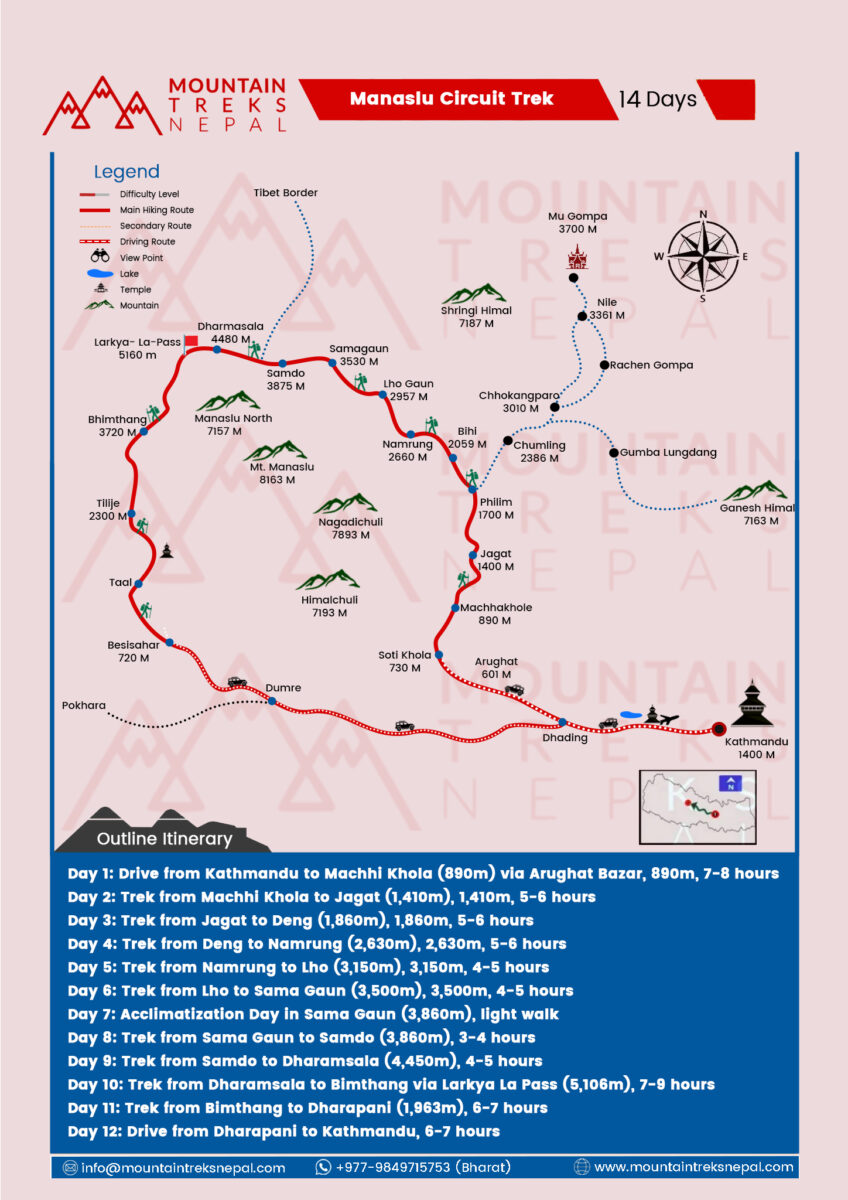
Frequently Asked Questions (FAQ) – Manaslu Circuit Trek
Why trek the Manaslu Circuit with Well Plan Trekking Pvt. Ltd?
- Expertise and Experience: With over 15 years of guiding in the Manaslu region, Well Plan Trekking offers expert knowledge of trails, culture, and challenges, ensuring you get the best experience.
- Safety: Your safety is a priority with trained guides, first aid kits, oxygen monitors, and emergency evacuation plans.
- Logistical Support: From permits to transportation and accommodations, all logistics are handled smoothly, so you can focus on trekking.
- Cultural Insights: Guides share deep knowledge of local traditions, enhancing your connection to the region.
- Customized Itineraries: Trek tailored to your fitness, preferences, and schedule.
- Group Dynamics: Options for group trekking offer camaraderie, safety, and shared adventure.
Which mountains can be seen on the Manaslu Circuit Trek?
You will witness stunning views of:
- Mount Manaslu (8,163 m / 26,781 ft)
- Himlung Himal (7,126 m / 23,379 ft)
- Cheo Himal (6,820 m / 22,373 ft)
- Ngadi Chuli (7,871 m / 25,823 ft)
- Himalchuli (7,893 m / 25,896 ft)
- Ganesh Himal Range, plus peaks like Samdo, Manaslu North, Larke, Punkar, and Siring Himal.
What type of accommodation is provided during the trek?
- Kathmandu: Stay in a 3-star deluxe hotel with breakfast included.
- On Trek: Guesthouses and teahouses with clean rooms and attached or shared bathrooms depending on location.
- Single rooms are available in lower elevations; availability is limited higher up. Single supplements cost approx. US$200.
What are the physical and experience requirements?
- Suitable for physically fit individuals with prior moderate to strenuous trekking experience.
- Trekking involves 5-7 hours of walking daily on rough, high-altitude terrain (up to 5,106 m).
- No technical climbing skills required but experience with long mountain treks is strongly recommended.
- Consult your doctor if you have pre-existing health conditions.
What meals are provided during the trek?
- Breakfast only in Kathmandu.
- Full board (breakfast, lunch, dinner) plus tea/coffee three times daily on the trek.
- Menus include noodles, soups, bread, rice, curries, pasta, eggs, fresh vegetables, and local specialties.
What about drinking water options?
- Tap/River water: Unsafe without treatment.
- Boiled water: Available at tea houses; safer but more expensive at higher altitudes.
- Bottled water: Sold but discouraged due to environmental concerns and high cost.
- Treated water: Recommended to carry purification tablets or filters for safe drinking.
What is the maximum altitude on the trek?
- The highest point is approximately 5,106 meters (16,768 feet) at Larkya La Pass. Acclimatization and hydration are crucial.
What permits are required?
- Manaslu Special Trekking Permit
- Manaslu Conservation Area Permit
- Tsum Valley Rural Municipality Permit
- Annapurna Conservation Area Permit
What’s the climate like on the Manaslu Circuit Trek?
- Nepal’s climate varies widely.
- Best trekking seasons are late September to May, with autumn (Sep-Nov) and spring (Mar-May) offering clear skies and mild temperatures.
- Expect cold nights and possible snow above 3,000 meters.
When is the best season for Manaslu Circuit Trekking?
- Autumn (September–November): Clear skies, stable weather, vibrant landscapes, and festivals.
- Spring (March–May): Mild weather, blooming rhododendrons, active wildlife, and clear mountain views.
Can I trek Manaslu Circuit without a guide?
- The Manaslu region is a restricted area; trekking requires a registered guide with a government-approved trekking agency.
Are drones allowed on the Manaslu Circuit?
- Flying drones is generally prohibited without special permits due to conservation and restricted zone regulations.
Is the Manaslu Circuit Trek safe?
- Yes, when properly prepared and guided. High altitude and remote terrain pose risks, but experienced guides and proper precautions ensure safety.
Where is Manaslu located?
- Manaslu is in the Gorkha District, about 100 km northwest of Kathmandu, and is the world’s eighth-highest mountain.
Is Wi-Fi available on the trek?
- Wi-Fi is available in some teahouses but usually not free and may cost $2–5 per device.
- Connectivity becomes weaker at higher altitudes.
- Local SIM cards: NTC has better coverage than Ncell in the Manaslu region.

